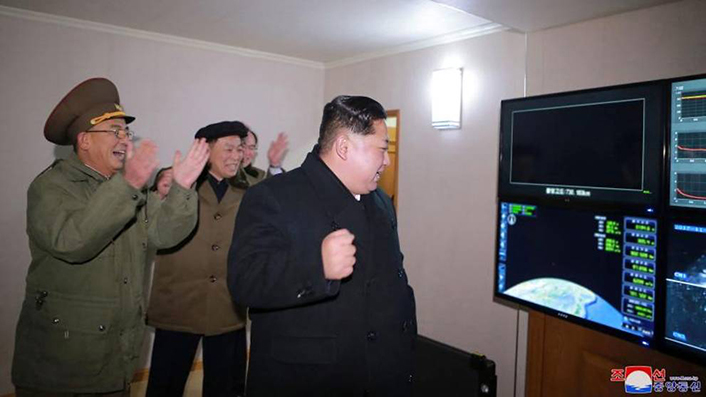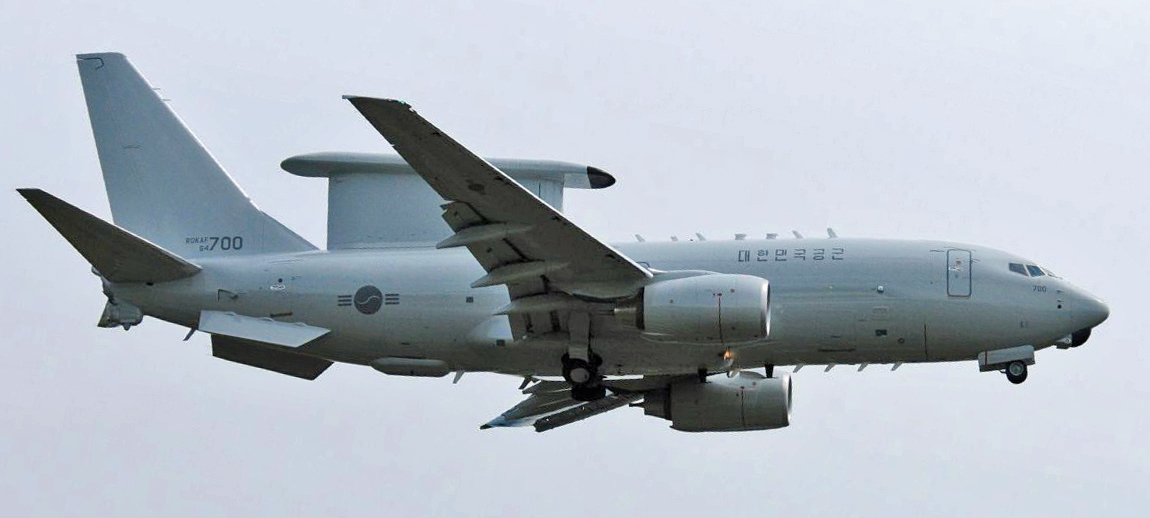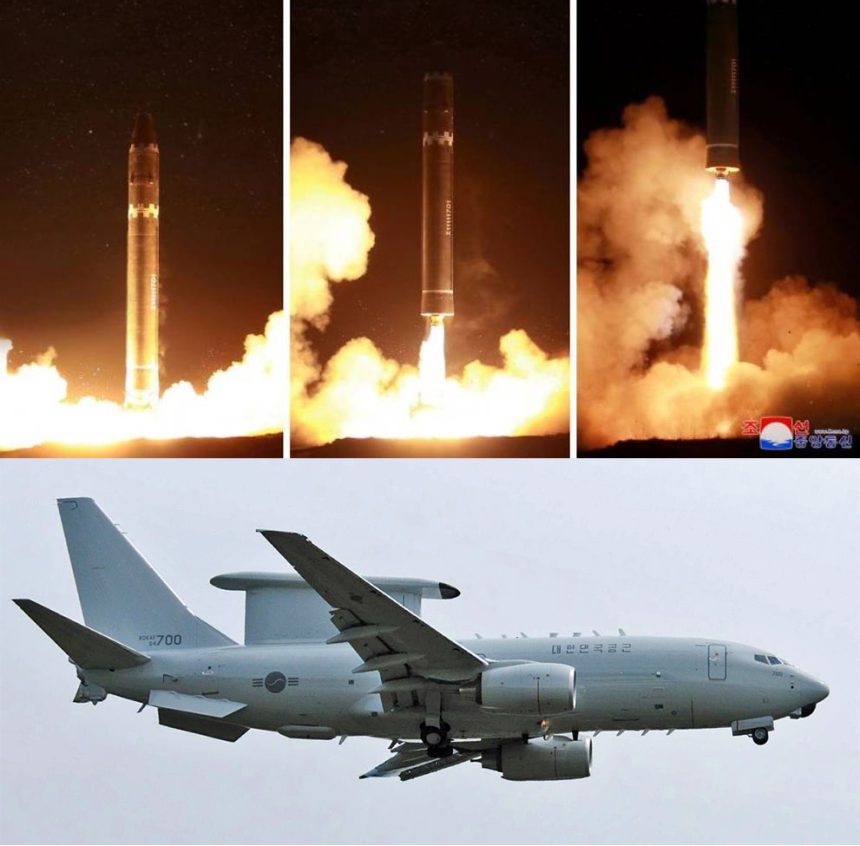This Week’s DPRK Launch Test Opens New Tensions with Sophisticated Missile.
On Nov. 29, 2017, the Democratic People’s Republic of Korea (DPRK) tested a new, claimed-longer range ICBM called the Hwasong-15. It was launched from a ballistic missile test facility in South Pyongan Province, North Korea.
The launch test was significant for two reasons.
This Wednesday’s test followed over two months without any North Korean ICBM launch tests and was punctuated by a U.S. Presidential visit to neighboring China and Asia. Some analysts suggested the two events may have signaled the beginning of moderation in the ongoing North Korean crisis.
In opposition to the theory of impending détente, this week’s North Korean missile test proved to be a continued escalation of tensions. The missile launched for the first time this week was an ICBM not previously reported by the U.S. The new missile, the Hwasong-15, has longer claimed range than any prior North Korean ICBM. Hours after the test North Korea’s official news agency claimed the Hwasong-15, “could strike anywhere in the U.S.”
Official North Korean news sources claimed the Hwasong-15 reached an altitude of approximately 2,700 miles – well above the orbital altitude for the International Space Station – and covered nearly 600 miles in horizontal distance moving east toward Japan during its 53-minute flight. This launch test was predominantly vertical in trajectory. North Korea claimed the missile, “hit its intended target” in the Pacific near Japan. If the trajectory of the Hwasong-15 were altered to a more horizontal geometry the missile could theoretically cover substantial distance. In a statement following the launch test the Union of Concerned Scientists, a non-profit think tank headquartered in Massachusetts, voiced concern that the missile’s range was, “more than enough to reach Washington D.C., albeit with a reduced payload.”
In typically theatric tone, a North Korean newscaster proclaimed, “After watching the successful launch of the new type ICBM Hwasong-15, Kim Jong Un declared with pride that now we have finally realized the great historic cause of completing the state nuclear force, the cause of building a rocket power!”

This Wednesday’s North Korean missile launch test of the new Hwasong-15 was first detected by one of only four South Korean Air Force 737 AEW&C (Airborne Early Warning & Control) aircraft, called “Peace Eye”. The surveillance aircraft (based on the Boeing 737 airliner) were delivered to South Korea between May and October of 2012. They are based at Gimhae Air Base. South Korea claims the missile was detected, “within one minute of launch”. The missile was soon also observed on radar by at least one South Korean Navy Sejong-the-Great class destroyer at sea using their AN/SPY-1D antennae and Aegis Combat System.

Along with the E7, several other aircraft were monitoring the launch, including a U.S. Air Force RC-135S Cobra Ball aircraft from Offutt Air Force Base, Nebraska, deployed to Kadena, Okinawa, Japan, able to track ballistic missiles reentry vehicles and warheads during the final phase of flight; and a USAF E-8C JSTARS.
LIVE: Tracking over South Korea –
🇺🇸 US Air Force
E-8C Joint STARS
99-0006 RONIN32🇰🇷 Republic of Korea Air Force
E737 Peace Eye 64-700 pic.twitter.com/sRnGiunouy— CivMilAir ✈ (@CivMilAir) November 28, 2017
According to media reports in Asia, “Two minutes after the North Korean missile launch at 3:17 AM local time Wednesday morning, South Korean President Moon Jae-in was briefed about the provocation by his top security adviser. Six minutes after the launch, the South Korean military staged a live-fire missile exercise, in an apparent display of its response capabilities to strike the North Korean origin of provocations. At 6 a.m., the South Korean president held a meeting with the National Security Council at the Blue House bunker.”
Noteworthy observations about the newly observed Hwasong-15 include a new mobile launch platform. The wheeled platform shown in a photo released by North Korean media is larger than previously observed versions. Launching the missile from a mobile platform makes locating it prior to launch more difficult, a problem that was underscored during the first U.S./Iraq war when a significant amount of resources were devoted to finding the mobile Scud missile launchers in the Iraqi desert that were targeting Israel and Saudi Arabia.

Military intelligence source Global Security.org reported that South Korean military officials said the maximum range projections for the Hwasong-15 could only be achieved if two key technologies of a nuclear-armed ICBM have been secured: the technology for the warhead and guidance system to survive an atmospheric re-entry and the technology to miniaturize the warhead and guidance payload. It has not been confirmed if North Korea has achieved those technological milestones.
Carnegie Endowment for International Peace fellow Zhao Tong, an expert in the Nuclear Policy Program at Carnegie’s Tsinghua Center for Global Policy in Beijing, China, told Global Security.org that this latest successful launch test of North Korea’s Hwasong-15, “could mean that the DPRK thinks it has achieved all the basic technical capabilities of a credible nuclear force and therefore no major missile tests are needed anymore. If this is the case, this could potentially open a window to de-escalate tension in the near-term future and may increase the chances of diplomatic engagement with North Korea.”










